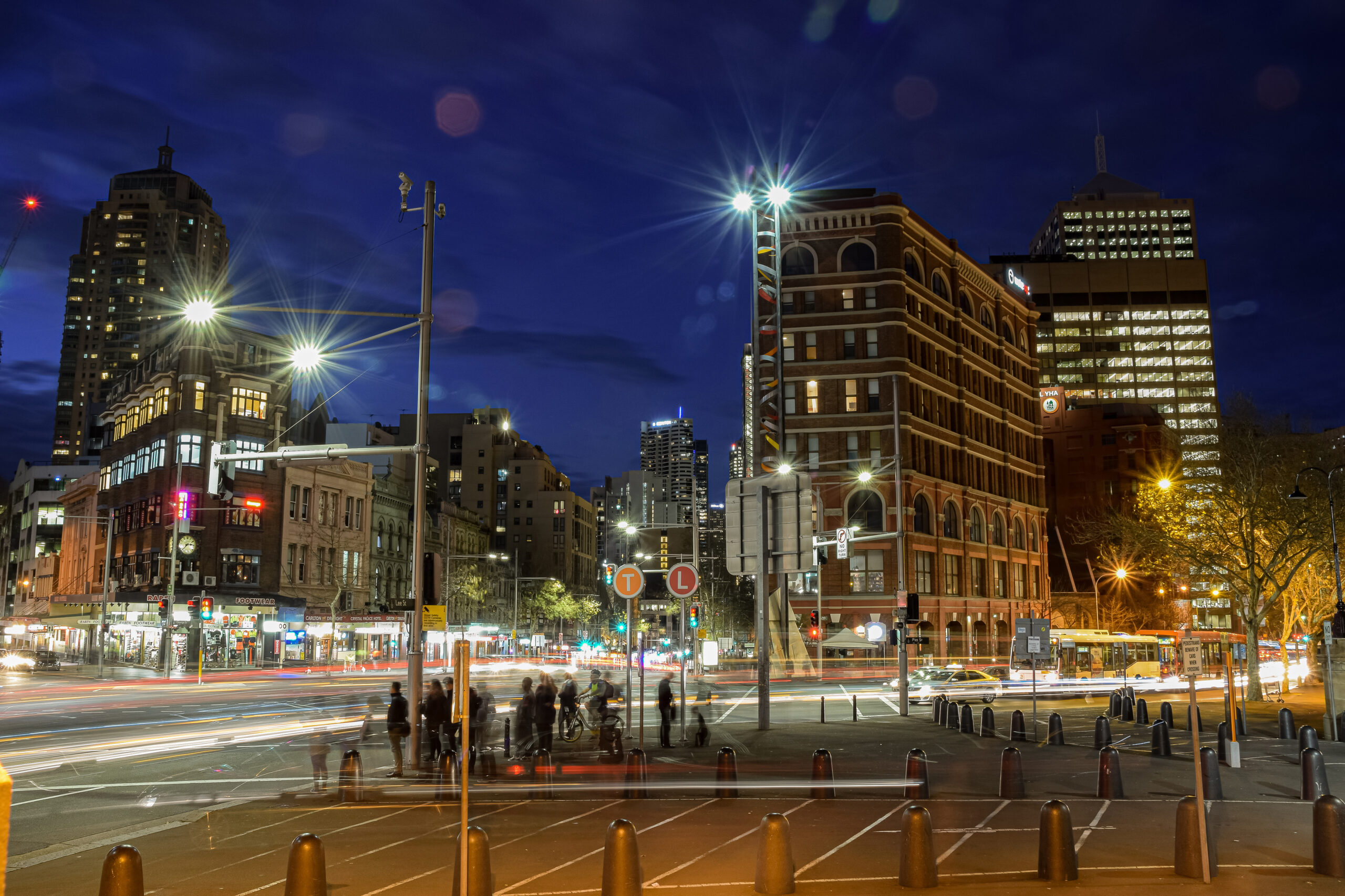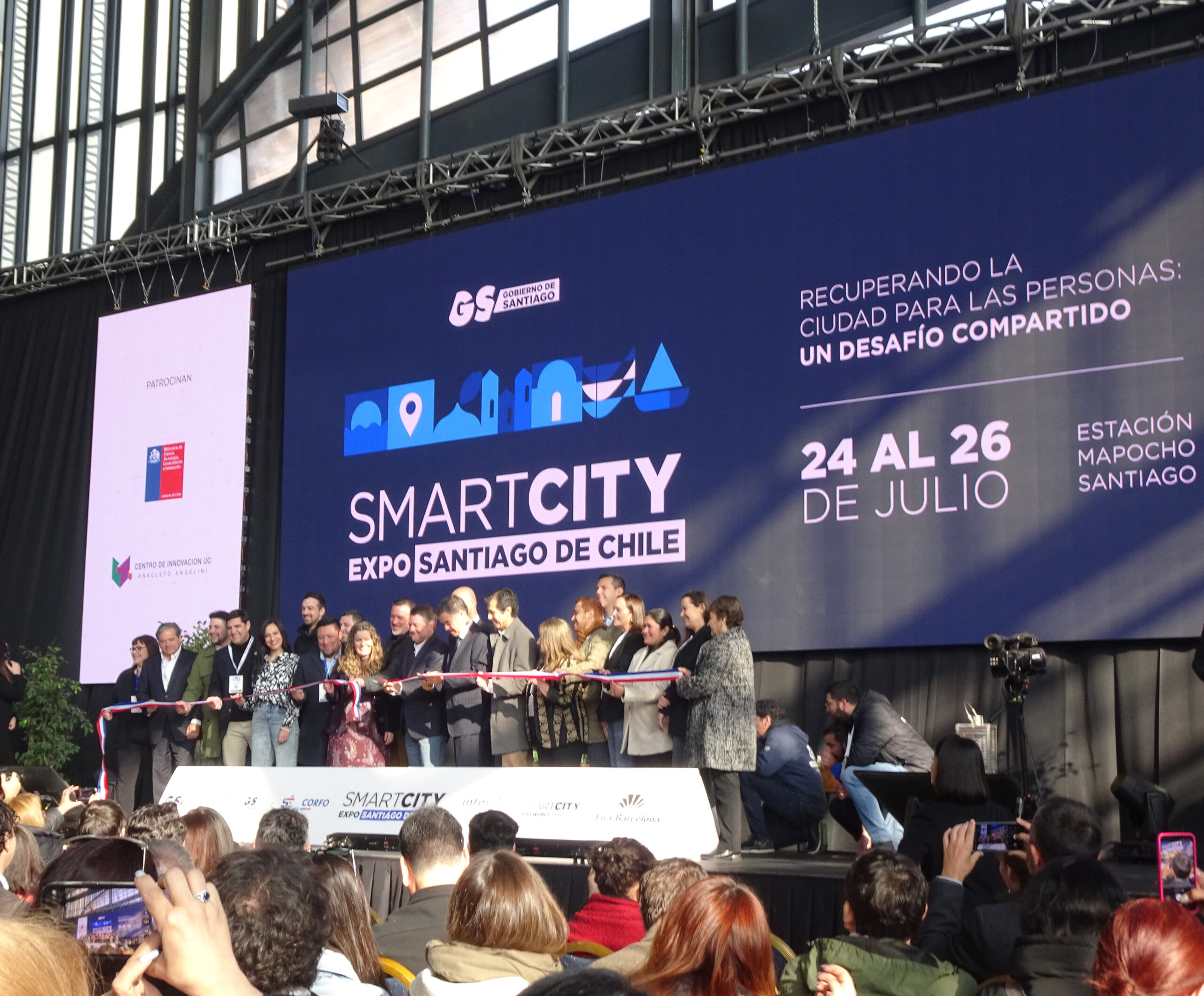When discussing the future of cities, it is essential to emphasize the pivotal role of smart lighting. This innovative technology goes far beyond mere illumination; it serves as the backbone for energy efficiency, environmental sustainability, and enhanced urban living. Smart lighting systems adapt to real-time conditions, reducing energy waste by dimming or brightening based on necessity. They integrate seamlessly with other smart city infrastructures, such as traffic management and security systems, creating safer and more efficient urban environments. By prioritizing smart lighting, we lay the groundwork for smarter, greener, and more connected cities that meet the challenges of the 21st century.
Smart lighting is linked to the Internet of Things (IoT) because of the integration of sensors, connectivity modules, and data analytics. IoT-enabled smart lighting systems can communicate with other devices in a network, allowing for real-time adjustments and data-driven decision-making. For instance, sensors in smart lights can detect environmental changes, such as weather or traffic conditions, and adjust lighting accordingly. This interconnectedness not only saves energy but also supports other smart city initiatives, like traffic management and public safety enhancements.
Smart lighting is a central piece of the smart city puzzle, seamlessly interacting with other technologies to create a connected and efficient urban ecosystem.
-
- Smart lights can integrate with traffic sensors and systems to adjust illumination at busy intersections, crosswalks, or accident-prone areas. They can also work in tandem with smart traffic signals to prioritize emergency vehicles or optimize traffic flow.
-
- Equipped with IoT sensors, smart lights can measure air quality, temperature, humidity, and noise levels. Technology brings environmental benefits such as reducing light pollution and contributing to a healthier urban environment, as well as creating more pleasant atmospheres in public spaces, making cities more livable for residents.
-
- Many smart lighting poles double as hubs for Wi-Fi access, aiding smart city connectivity. They also support 5G infrastructure, enhancing communication networks for residents and city systems.
-
- Smart lighting is integrated with surveillance cameras and motion sensors to improve public safety. Lights can brighten when unusual activity is detected, working in synergy with security alerts or police systems.
-
- IoT sensors in smart lights can relay information about waste bin levels, helping optimize garbage collection routes.
-
- Smart lighting connects to energy systems, such as energy grids, to help balance power distribution, reduce consumption, and incorporate renewable energy sources.
The key component and evolution in the broader category of smart lighting is the Light Emitting Diode (LED). By combining the energy efficiency and longevity of LED technology with advanced smart lighting features like connectivity, automation, and customization, this system offers a unique solution.
LED are highly energy-efficient, produce minimal heat, and are compatible with electronic chips and sensors that enable smart functionality. They can also integrate with other smart city systems, such as motion sensors, security cameras, or environmental monitoring. They have an impressive lifespan, often lasting tens of thousands of hours, which reduces maintenance and replacement needs. Their energy-efficient technology not only reduces electricity consumption and carbon emissions but also significantly cuts operational costs. They deliver superior light quality, enhancing visibility and safety for all road users.
However, implementing LED Street lighting can face several challenges, such as the fact that although LED are cost-effective in the long run, their initial investment costs for installation and infrastructure expenses can be significant, posing budgetary challenges for cities or municipalities. Transitioning to LED lighting may require upgrades to existing electrical systems or poles, which can complicate the implementation process. If equipped with IoT sensors, or adaptative controls, maintaining and calibrating these advanced features requires specialized expertise and resources. Supply chain problems can disrupt the procurement of high-quality LED components and their proper installation.
Despite these challenges, strategic planning, stakeholder collaboration, and technological innovation can help cities overcome barriers and reap the benefits of LED street lighting.
Smart lighting systems have been successfully implemented across various cities, revolutionizing urban infrastructure and sustainability efforts. For example, Miami, U.S., has deployed nearly 500,000 connected LED streetlights as part of its comprehensive climate action plan. These advanced lights utilize wireless technology to optimize energy consumption and significantly reduce carbon emissions. In Los Angeles, U.S., connected streetlights go beyond energy efficiency because they support other IoT applications, such as environmental monitoring and public Wi-Fi access, further enhancing urban connectivity.
In Buenos Aires, Argentina, a switch to 100% LED streetlights and traffic lights has resulted in a 50% reduction in energy consumption compared to traditional systems. This transition has the dual benefit of supporting sustainability and improving road safety. In Madrid, Spain, a total of 225,000 streetlights have been installed, featuring remote control and monitoring capabilities. The initiative has achieved a significant 44% decrease in energy costs, simultaneously improving operational efficiency and reliability.
Sidney, a Pioneer City in LED Lighting
The city of Sydney, Australia, has led the way in the adoption of LED street lighting. In 2009, it became the first Australian city to switch all its streetlights to LED. By reducing energy consumption and maintenance costs, this initiative also improved light quality. Today, the city is set to launch a second-generation LED equipped with smart controls. The latest generation of LED, with their improved reliability and increased lifespan, makes a strong case for replacement due to the additional energy savings they offer.

Sidney, Australia (Photo: Adobe Stock)
Sidney has set a global example in adopting LED street lighting, showcasing its commitment to sustainability and innovation. Here are the key highlights of Sidney’s achievements:
-
- Sydney replaced over 6,500 streetlights with energy-efficient LED, reducing consumption by 48% and saving approximately AUD 800,000 annually.
-
- The LED upgrade led to a 47% reduction in carbon emissions, contributing to cleaner air and a greener city.
-
- Sydney aims to reduce carbon emissions by 70% by 2030 with LED streetlights playing a key role in achieving the city’s 2050 net-zero emissions goal.
-
- Sidney’s LED streetlights are equipped with smart controls. Features include fault detection, energy use measurement, and off-peak dimming, improving operational efficiency.
-
- The city enhances the environmental benefits of its lighting systems by combining energy efficiency with renewable power generation.
As cities around the globe increasingly embrace smart lighting solutions, the transformative potential of these technologies becomes clear. The case of Sydney’s pioneering adoption of LED smart lighting serves as a testament to the long-term benefits, inspiring other cities to follow suit. By integrating advanced lighting systems, cities not only reduce energy consumption and carbon emissions but also create safer, more livable environments for their residents. Moreover, smart lighting contributes to the sustainability of urban areas, ensuring that future generations inherit cleaner, more efficient, and technologically resilient cities.
Resources
City of Sydney to roll out 2nd generation of LED along with smart controls | IPWEA
Benefits from renewable-powered street lighting: Sydney, Australia
Let there be light: LED illuminate the city | City of Sydney – News



